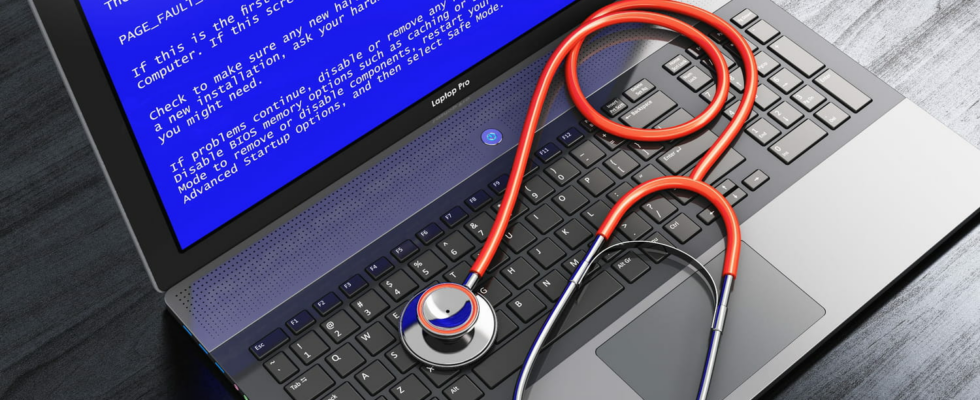Is your computer experiencing misfires, malfunctions or strange crashes? Before you start a Windows reinstallation, try this simple method that can solve your problems in the blink of an eye.
For some time now, you have been experiencing annoying bugs and malfunctions with your Windows PC. The system sometimes crashes for no reason, some applications crash and close abruptly, or some basic elements like the taskbar do not respond properly. You’ve delved into Windows settings, updated your drivers and uninstalled unnecessary software, but nothing helps, the problems persist.
In desperation, you may be considering completely resetting your computer to get a clean start, even if it means losing your configuration and having to reinstall all your applications. Before arriving at this extreme and radical solution, however, you should try a very simple repair method, integrated directly into Windows but little known to most users, because it involves using a tool that is often scary: the command line.
However, this way of interacting with your computer is within everyone’s reach, and can sometimes solve seemingly insoluble problems. In this case, it is even enough to write two words in a window, which you can also copy and paste directly from this article. The goal is to use a repair tool included in Windows, which will check the integrity of system files, components essential to the proper functioning of your computer, and attempt to repair them in the event of a problem.
This tool is called System File Checker, or “System File Checker” in French, and is launched simply by typing a two-word command in the Terminal. To use it on Windows 10 or 11, first right-click on the menu icon To start upthen click on Terminal (Administrator). An intimidating window, containing only white text on a black background, appears. In it, simply write the text sfc /scannow (or copy and paste it from this article), leaving a space between sfc and /, and then press the key Entrance from your keyboard to validate your order.
The tool will then carry out an analysis of your computer’s system files, asking you to wait and, at the end of the process, a text will indicate the result of the operation. If errors were found and fixed, then you will see the message “Windows Resource Protection detected corrupted files and repaired them”. There is no risk in using the SFC tool, it only scans and attempts to repair system files, and cannot aggravate or cause new problems on your PC.
You can also get into the habit of regularly checking system files using the Terminal in administrator mode and the command sfc /scannow. This is a good way to maintain Windows inexpensively and without risk. In the “worst” case, you will receive a message telling you that errors were found but could not be repaired, and you can then consider resetting your PC, telling yourself that at least you tried everything !
